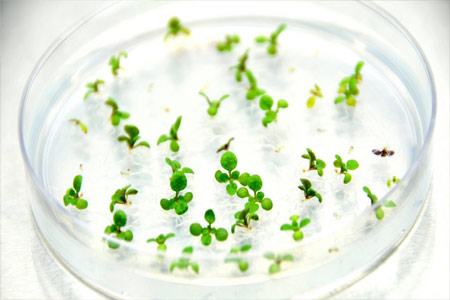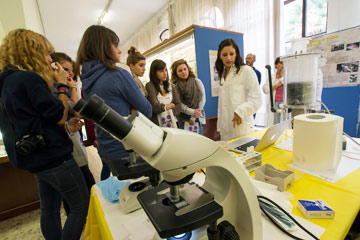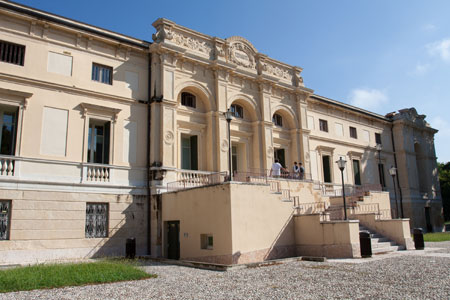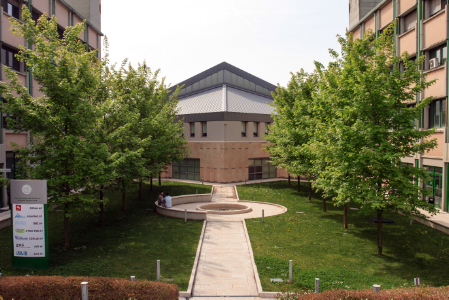Genetic information and information-containing molecules (is carried by DNA and RNA).
General introduction and historical survey. The structure of DNA and RNA. From genes to proteins: messenger RNA, transfer RNA. The genetic code. Ribozyme and riboswitches.
DNA and gene structure.
What is a gene? Coding and regulatory regions. The interrupted gene. Introns and exons. DNA methylation.
Chromatin and chromosomes.
Nucleosome. Histone modifications. Chromatin packaging. Euchromatin and Eterochromatin. The eukaryotic chromosome. Telomeres and centromeres.
Genomes: organization and evolution.
DNA content and gene number. Repetitive DNA. Gene duplication and gene families. Mutation and rearrangements of DNA and genome evolution. Organelle genomes.
RNA and transcription.
RNA synthesis and processing. Bacterial RNA polymerase. Sigma factors. Eukaryotic RA polymerases. Eukaryotic mRNA: capping, polyadenylation and transport to the cytoplasm. The transcription reaction in nbacteria and eukaryots.
Gene expression.
Bacterial and eukaryotic promoters. Regulatory elements, enhancers, silencer, insulators, LCR. Activators, repressors and coactivators. Gene expression and chromatin modifications.
Introns and RNA splicing
The splicosomal introns. The spliceosoma and the splicing mechanism. Alternative splicing and trans-splicing. Group I, group II and tRNA introns.
Translation
Protein synthesis.
Ribosomes. Transfer RNA: structure and function. Aminoacyl-tRNA synthesis. Initiation of protein synthesis in bacteria and eukaryots. Elongation and termination.
DNA replication
DNA polymerases: structure and functions. The mechanism of replication in bacteria and eukaryots.
DNA mutation and repair.
Spontaneous mutation and mutations induced by physical or chemical mutagenic agents. Pre-replicative and post-replicative repair systems.
Transposable elements.
Transposons, retroviruses and retrotranspons. Transposition mechanism and control.
Recombination in the cells of the immune system
Homologous recombination and unequal crossing-over.







